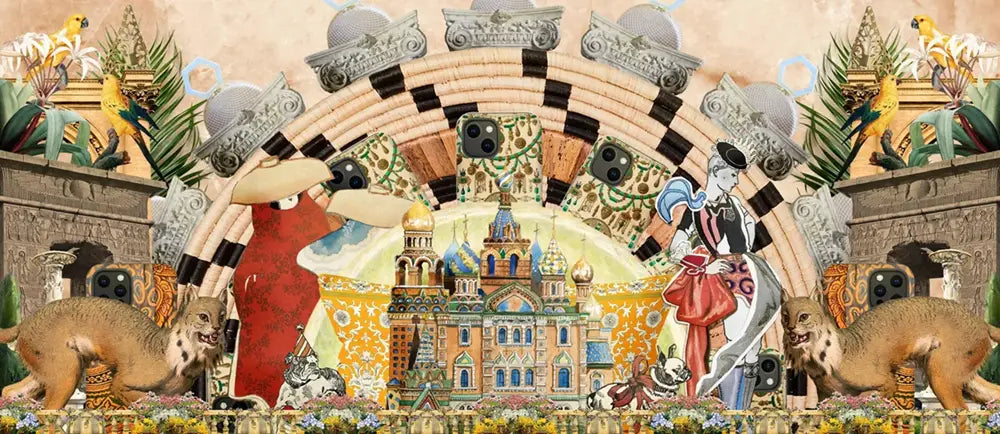Art + Design x Life
Secret Dog, Private Dock
Classical grandeur meets surreal introspection. Transporting you to a reimagined realm where Hercules waits for a ride in divine repose. A reminder that even legends must evolve, finding new purpose in the quiet moments between epic deeds.
Artists Have Been Entrepreneurs All Along
Beyond the clichés—one group wreathed in paint splatters, the other in boardroom suits—lurks a stirring reality: artists and entrepreneurs both quiver with the same creative electricity, resilience, and willingness to press against boundaries.
Masters & Visionaries: LGBTQ Art Through History
From the Renaissance rediscovery of classical ideals, to the effusive creativity of the Harlem Renaissance and the turbulent activism of the AIDS crisis, LGBTQ+ art often reflects dramatic social upheavals while forging breakthroughs in visibility.
Flower Codes: Queer Symbols of LGBTQ+ Floriography
Floriography in LGBTQ+ history is a living, breathing dictionary where each bloom, color, and storyline weaves centuries of courage and coded expression. And in their gestures we find love, courage, and the human urge to bloom against all odds.
Veiled Gaze: Homoerotic Desire in Orientalist Art
Beneath the veils of Orientalist fascination, a deeper current pulses—homoerotic tensions intertwined with power, conquest & longing. Bridges to how human desire confronts empires, ideology & unspoken rules.
Naked Ambition: William Etty’s Daring Nudes
Looking at William Etty’s nudes—once so scandalous they could raise the temperature of an entire Victorian drawing room—you can't help feeling charged with the same electric bravado of this man who was unafraid to provoke ardor and outrage.
George Barbier: Fashioning the Roaring Twenties
Taboo Strokes: John Singer Sargent’s Secret Male Nudes
Global Patchwork: Collage Art’s Multicultural History
Collage isn’t merely cutting and pasting random bits of paper; it’s an art form of radical openness, weaving distant cultures, voices, and eras into a cohesive new tapestry, gleaning the memory and meaning they hold.
Futurism's Art History, Visionaries & Legacy
The Futurists, with all their flaws and fervor, dared to say “Let’s go!” to the future. In doing so, they unleashed a wave that artists are still riding, and will continue to ride as long as there are new worlds to imagine.
LGBTQ Royalty Through the Ages
Stories of queer royals span continents and centuries. From ancient kings and queens whose desires were open secrets, medieval monarchs who risked scandal for their favorites and modern royals embracing their truth.














